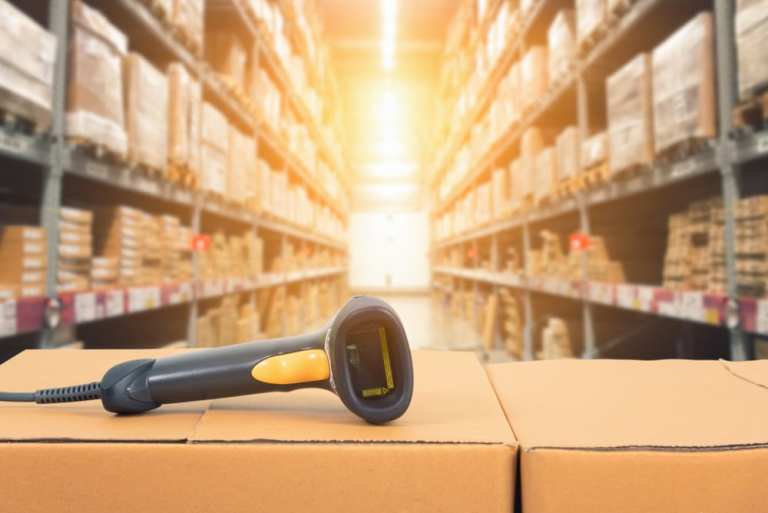In B2B, Data Integration Makes Sure The Price (Data) Is Right

Price isn’t everything in B2B commerce, particularly as both buyers’ and suppliers’ need for digitization, automation and integration weigh on both ends of the transaction. However, as the industry takes a closer look at how technology and user experience can drive adoption, B2B eCommerce has an inescapable truth: Price is critical to landing a sale.
While B2B eCommerce is looking toward its B2C cousin to enhance buyer and seller experiences, pricing strategies are far different than in the consumer world thanks to the common practice of custom pricing based on customer, units purchased, and even external factors like supply chain risks and trade regulations.
Gabriel Smith, chief evangelist and vice president, solution strategy and innovation, at pricing software company Pricefx, recently spoke with PYMNTS about how B2B pricing strategy diverges from that of the B2C world, particularly in the retail supply chain where distributors sit in the middle of retailers’ and manufacturers’ sometimes conflicting pricing needs.
According to Smith, there are three significant challenges for B2B sellers when pricing their products.
The first is a lack of visibility into the pricing practices of industry competitors, which Smith said is often more readily available for B2C sellers. The second is the tendency for B2B sales to be lower-volume, but higher-value than B2C transactions, meaning each transaction has a higher risk of incorrect pricing — and, if that pricing is wrong, a more damaging consequence than a single B2C transaction would see. Finally, Smith said, B2B sellers face greater complexity in their efforts to understand all of the factors influencing margins and true profitability for a given transaction — factors that are typically more straightforward in B2C commerce.
Also unique to the B2B retail supply chain is the use of distributor claims.
These claims, also known as chargebacks, bill backs or ship and debit, involve a process whereby a manufacturer approves of a special price agreement with a distributor. Those pricing agreements only happen after a sale has been made and an invoice has been issued reflecting the original price of products. However, a distributor may negotiate its own special prices with retail customers after items have been bought.
For that distributor to be credited after an exclusive pricing agreement has been reached with the manufacturer, distributors have to provide proof-of-sales that match the approved special pricing, Smith explained, adding that there are two primary sources of friction in this practice.
“The challenge around administering these [distributor claims] is twofold: Manufacturers selling primarily through distribution often have thousands of these special pricing agreements and are manually pricing them,” he said. On the other hand, distributors themselves “also often have many thousands of these from multiple manufacturers and end-customers, which presents a nightmare when trying to determine the net cost and profit for any given deal.”
Pricefx recently announced a new solution targeting friction in the distributor claims management space, introducing its ChannelManager tool to automate the processing and validation of those distributor claims. Key to the tool — and to more strategic pricing in B2B commerce overall — is integration, Smith said, pointing to the product’s ability to integrate into ERP systems to obtain accurate pricing information automatically.
As market conditions lead to intensifying competition and complexity, Smith said that manual processes that risk inaccurate calculations and pricing are no longer acceptable.
“I would argue that speed is important in every industry these days,” he said. “In B2B, speed and automation are key to allow vendors and distributors to change with market conditions, like tariffs, for example; reduce quite and deal cycle times, which increase win rates; and understand what is happening with the business in real time.”
Rather than reconciling sales and transaction data “in the rearview mirror,” he noted, automation and data integration into back-office enterprise resource planning (ERP), customer relationship management (CRM), online eCommerce platforms and other systems means ensuring businesses are using accurate, up-to-date sales and pricing data to manage the distributor claims process and assess financial standings.
Pricing is, of course, not the only area of B2B eCommerce seeing positive disruption from technology like data integrations — nor is price the definitive factor that companies use today when deciding with whom to do business. However, in an area like the retail supply chain where custom pricing and retroactive changes to price agreements are typical, ensuring both manufacturers and distributors are operating on the same pricing page is essential to promoting a positive experience for both ends of the transaction.
As B2B commerce technology continues to progress, Smith said there would be opportunities for more technology to step in and improve the pricing and financial analysis space for B2B companies.
“Augmented reality and Natural Language Processing [NRP] are emerging technologies that will have massive impacts on commerce in both B2B and B2C as it will change the entire experience of how users interact with companies, buy from them and open up some interesting opportunities in segmentation and price optimization,” he said.